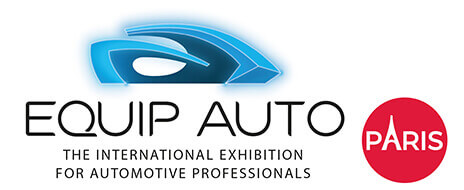(R)EVOLUTION - Laminated glass, a safety standard
Laminated glass, a safety standard
In the early 1980s, a discreet but essential component became standard in cars: laminated glass. Invisible to the driver, it nevertheless became a pillar of passive safety. Its principle is simple but extremely effective: two sheets of glass are bonded together around a transparent plastic film. In the event of an impact, the glass may crack, but the shards remain stuck to the film, preventing them from becoming dangerous projectiles. The result is enhanced protection for passengers and a considerable reduction in injuries during accidents.
This breakthrough is the result of a remarkable story. In 1909, French chemist Édouard Benedictus discovered the principle of laminated glass by chance when a glass bottle covered with plastic film broke without shattering into a thousand pieces. This discovery, first used in protective eyewear and then in other fields, found a decisive application in the automotive industry several decades later.
Widely adopted in the early 1980s, laminated glass marked a turning point in windscreen design. It was no longer just a matter of protecting against the weather or wind, but of safeguarding the lives of occupants in the event of an accident. This development also transformed the driving experience: in the event of an impact, the windscreen remained largely intact, allowing the driver to maintain sufficient visibility to protect themselves or bring their vehicle to a halt.
Over time, the technology has been enhanced with multiple variations. Heat-resistant glass limits the entry of solar heat and reduces air conditioning consumption. Acoustic versions improve comfort by reducing outside noise. Tinted glass contributes to both aesthetics and sun protection, while the latest models incorporate sensors for ADAS systems: rain detection, lane departure warning cameras, and head-up displays.
Today, laminated glass is much more than just a protective element: it is a multifunctional component at the crossroads of safety, comfort and technology. What began as a chance discovery has become a global standard, reminding us that in the automotive industry, revolutions sometimes depend on invisible details that can permanently transform the lives of drivers and passengers.



